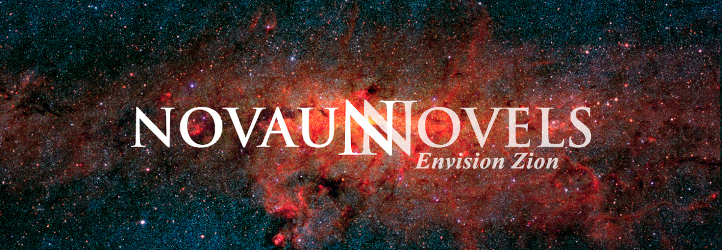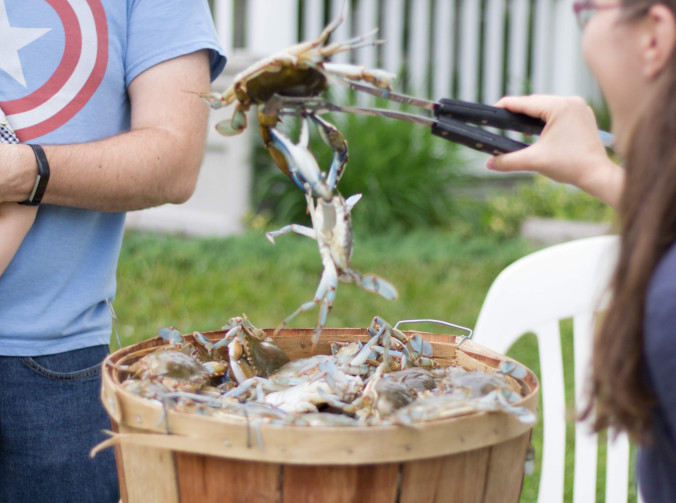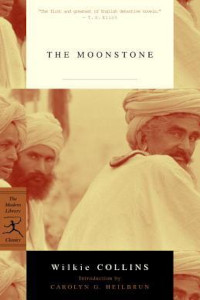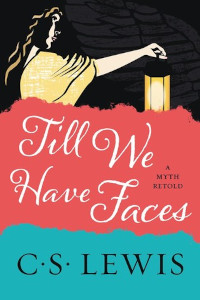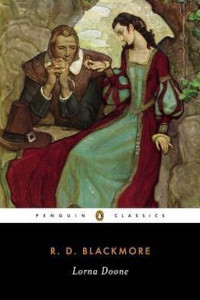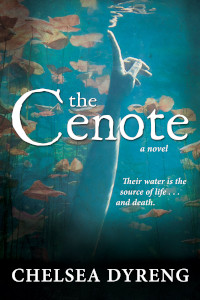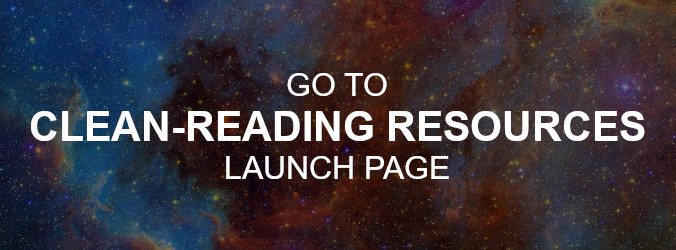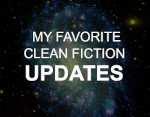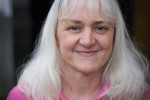In this series of blog posts, I give strategies for finding “clean reads” that go beyond relying on curated book lists. Please see “Part 1: The Toxic Sea” for a list of resources to help you find books that others think are clean and “Part 2: Know Where to Fish” to learn what types of books will be least likely to contain profanity, graphic sex and violence, and immoral themes.
Now that you’ve dropped your net into the water and pulled out an abundance of book titles, it’s important to sort through the catch and evaluate each book for specific content. This step takes time, but in the end, it’s time well spent. How often have you begun reading a book and been frustrated three-quarters of the way through it when something pops up that doesn’t meet your standards? That still happens to me sometimes, but it happens less often when I make an effort to do a preliminary evaluation of every book I read. In the long run, I save time and money.
There are several components to this evaluation, and I do them in whatever order seems natural, depending on whether I’m looking into downloading an ebook or standing in a bookstore or library with a book in my hands.
Pay Attention to the Details
If the book and author are completely unfamiliar to me, the first thing I typically want to know is what year the book was originally published. As I explained in “Part 2: Know Where to Fish,” standards of wholesomeness have changed through the years. Knowing the original year of publication tells me more about the potential content than almost any other single fact about the book. A quick search for the book online will usually give me this information.
Look at the copyright information in the actual book if you can. Until recently, this page was always at the front of the book, right after the title page. These days, the copyright page is showing up more and more at the end of ebooks. If that’s the case for an ebook you’ve already purchased, I don’t suggest jumping ahead to look at the copyright year if you want to keep the option of returning the ebook.
While I’m on the copyright page, I look to see what company published the book and under what imprint. Even if I’m standing in the library, it’s easy to pull out my phone to do a quick online search. Within minutes, I can learn something about the publisher and imprint. I may even look up the author’s website or do a brief search on the book title.
Try Before You Buy
If the book looks promising, I’ll sample it. I can’t stress how important this step is! The sampling process is easier if I can hold the book in my hands, because I can spot-read it in several places, looking for foul content. If I find it, the book goes right back on the shelf.
When buying books online, however, often only a small digital sample is available. I’ve found that these samples are always worth reading. It’s amazing how often they’ve alerted me to content issues in a book. Not only that, but I learn right away what sort of writing style the author has. If the online bookseller you’re using doesn’t provide a free sample, look for one at another seller or on the author’s website.
Once I’ve read a sample from an unfamiliar author and would like to read more, I try to find a free version of the book from the library. I may not find that particular book for free, but I might find another from the same author that looks interesting. I may borrow the book I do find from the library, or I may continue my search online and find a free or low-priced promotional ebook to download. Just because an author wrote one clean book doesn’t mean he or she will write another, but giving an unfamiliar author an in-depth trial run has prevented me from spending a lot of money on books I don’t finish.
Don’t Let Down Your Guard
Once I find an author who writes wholesomely, I rejoice! I wish I could say the review process ends there, but it doesn’t. It’s always a good idea to give each book that comes out a preliminary review. The current publishing climate makes it easier than ever for authors to write in various genres and target different audiences. When an author switches to a different genre or publisher, his or her new book may reflect a different standard of wholesomeness. This often happens when a children’s author publishes an adult book or when an author known for writing Christian fiction switches to secular fiction.
Read the Reviews
Along with sampling, another part of that preliminary review is reading reviews. I already discussed websites that rate and review books in “Part 1: The Toxic Sea.” I also find it helpful to scan through reader reviews on Goodreads, as well as on booksellers’ sites. Many of these reviews contain information on wholesomeness issues, particularly if the content is unexpected in some way.
I’ve seen comments on books that are cleaner than other books in the same genre and, at the other extreme, books that contain more foul elements than others of the same type. Parents will often comment on the content in juvenile and young adult books, particularly if they don’t think the book is “age appropriate.” If an author known for writing clean books changes genres and writes something with foul elements, a few of his or her fans will often respond with negative reviews.
What if the book doesn’t have customer reviews? Or too few to give you a well-rounded idea of what to expect? This is most likely to be the case with a book that’s written by an independent or “indie” author. When encountering this situation, take the other steps I mentioned above, and if the book looks promising, give it a try. The good news is that you can usually get an indie ebook for a very low price. Many indie authors offer the first ebook of a series for free. If you finish the book, consider writing your own review.
Many out-of-print books don’t have customer reviews either, although they may have received editorial reviews when they were published. Do an online search on the title and see what comes up. You may find a copy of something the author has written in the library. Start with that and go from there. If the book looks compelling enough, buy a used copy. Online booksellers have made that easier than ever.
Defend Yourself against the Offensive
The preliminary review shouldn’t take longer than it would take to actually read the book. At some point, it’s time to take a chance, but that doesn’t mean the evaluation should stop. Once you get a digital copy of the entire book, it’s easy enough to do a search on particular words or phrases, although having the foul content listed on a search page could easily make your reading experience more unwholesome than simply starting at the beginning and reading the story without knowing what you’ll find. You can always stop reading if you encounter content that doesn’t meet your standards.
Identifying profanity and graphic sex and violence is pretty simple. Identifying unwholesome themes isn’t as easy. For help on how to do so, please see the essay I wrote entitled “Wholesome Literature—a Realistic Choice.” For help in discerning religious themes, see “What About Doctrinal Differences?” In my own reading, if a plot looks as if it’s going in an unwholesome direction, I look ahead in the book to learn where it does go. Sometimes I even read the ending.
Yes, that’s right. I read the ending before I get there. What about spoilers, you ask? I’ll concede that I dislike spoilers and prefer to read a story in order. I want the ending to be a realistic and satisfying resolution to the issues raised in the plot. The types of books I generally read, however, are just as satisfying whether I know how they end or not. Not only that, but I consider immoral themes to be the biggest spoiler of all!
Are You in a Reading Rut?
Over time, it can be easy to fall into a rut and read a lot of books that are clean enough but don’t really enrich you. Perhaps your reading material seems downright stale. When that happens, it may be that you need to try a new genre. Or it may be that you should make an effort to read books that are of higher literary quality. Or maybe your standards of wholesomeness are slipping—or that it’s time to tighten them.
This has happened to me several times over the years. I was halfway through a classic horror novel once, when I realized that, while cleanly written and entertaining in its way, the book was giving me no enlightenment at all. I asked myself, “Why am I reading this? Do I really want this darkness in my life?” I decided that the book was, at best, a waste of time and set it aside.
Always be willing to take a good, hard look at the books you read and make changes if what you’re consuming isn’t edifying you.
Record What You Read
If you read a lot, there’s no way you’re going to remember all of the information you observe about the books you read and sample unless you record those insights. Keeping a reading journal will keep you from wasting time pursing titles you’ve already evaluated. Many readers like using book sharing websites such as Goodreads for this purpose. Book reviews on Goodreads are public, however, and you may prefer to keep your list of books and notes in a private computer file, on index cards, or in a bound journal. Do what feels simple and comfortable to you.
In the next post of this series, I’ll tell you how to read widely and well without going broke.
Note: This series of blog posts features covers for many of my favorite books in multiple categories and from various time periods. Some are well-known, and others aren’t, but I believe that all of them will be accessible and enjoyable to many teens and adults looking for outstanding clean fiction. Click on the cover to learn more about the book.
The featured image “Blue Crabs Ready for the Pot” is Copyright © 2023 by Katherine Padilla. All rights reserved.
